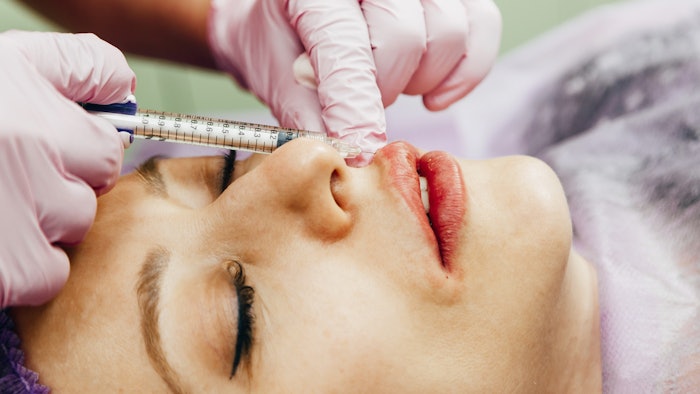
Researchers sought to determine the efficacy and patient satisfaction of small-particle hyaluronic acid filler with 0.3% lidocaine (SP-HAL, Restylane Silk) and cohesive polydensified matrix hyaluronic acid filler (CPM-HA, Belotero Balance) in reducing superficial perioral rhytids. The authors findings were published in the Aesthetic Surgery Journal (June 2021).
Related: Laser-assisted PLLA for Perioral Rhytids
The double-blinded study included 48 patients with moderate to severe superficial perioral rhytids. Patients were randomized to receive either CPM-HA in the left perioral region and SP-HAL in the right or vice versa. Rhytid severity was measured by patients utilizing a linear analog scale, and by investigators utilizing a validated 5-point scale (180 days post-treatment).
Related: KTP Laser vs. Tranexamic Acid Injections for Facial Ephelides
Both SP-HAL and CPM-HA reduced rhytid severity, and neither treatment group returned to baseline after 180 days. Investigator-reported scores for rhytid severity were significantly better for SP-HAL than CPM-HA and remained so at 180 days (P < .05). SP-HAL proved significantly better for reducing rhytids according to patient scores; this difference occurred between 120 and 180 days only. Adverse events included rash and mild acne for CPM-HA. SP-HAL was associated with one postinflammatory nodule and two occurrences of Tyndall effect.
While both SP-HAL and CPM-HA were effective in reducing perioral rhytid severity and have similar saftey profiles, the researchers found that SP-HAL has a longer duration effect.











